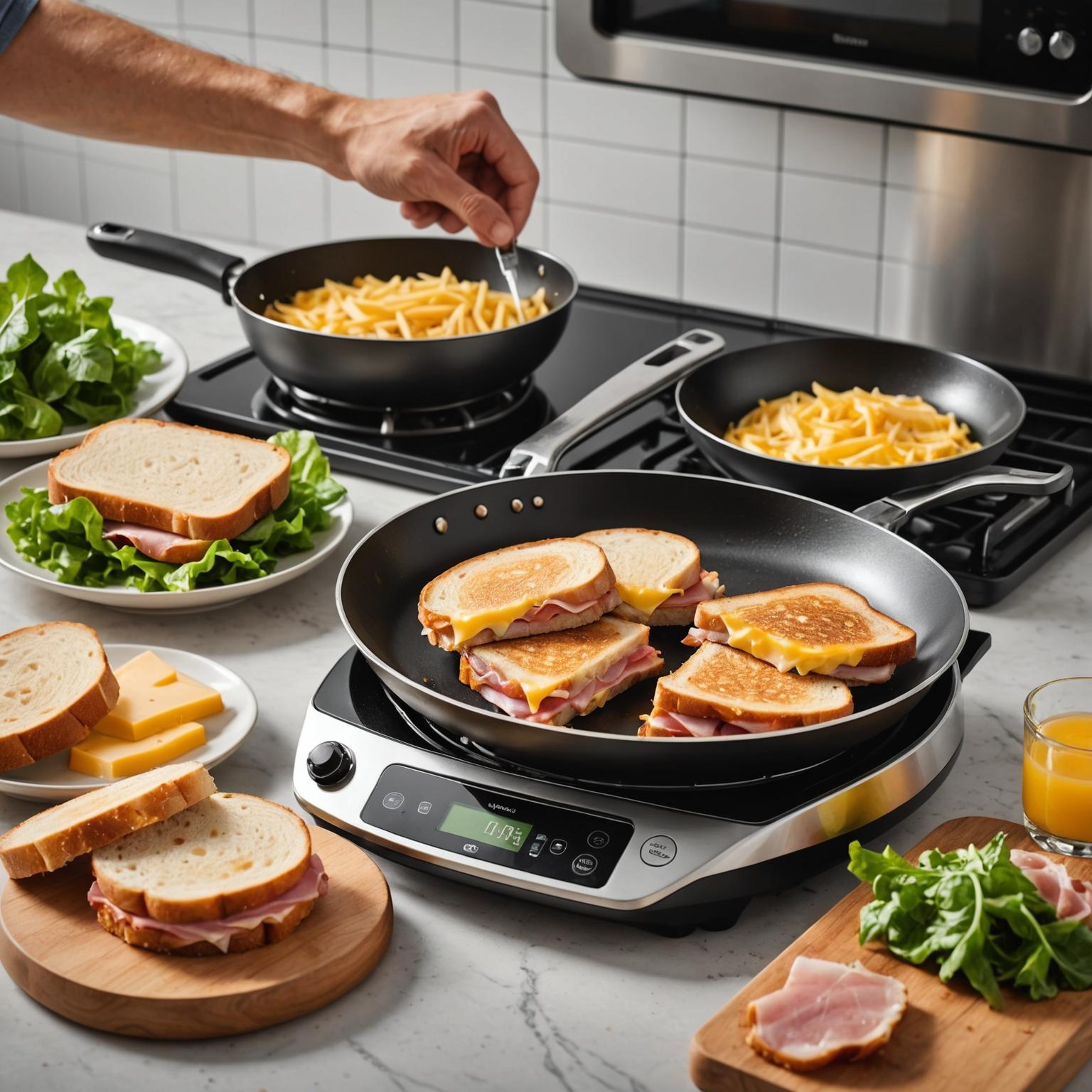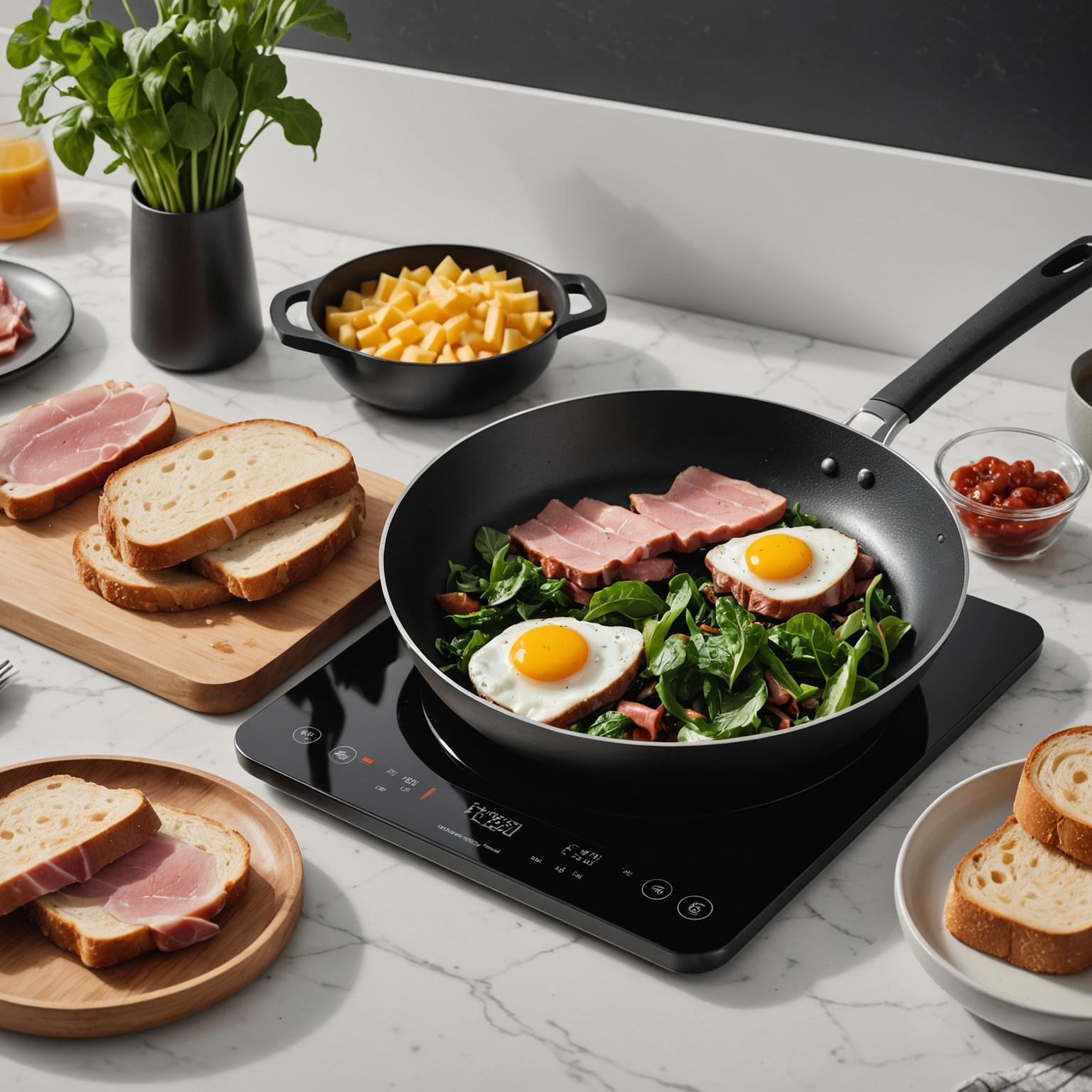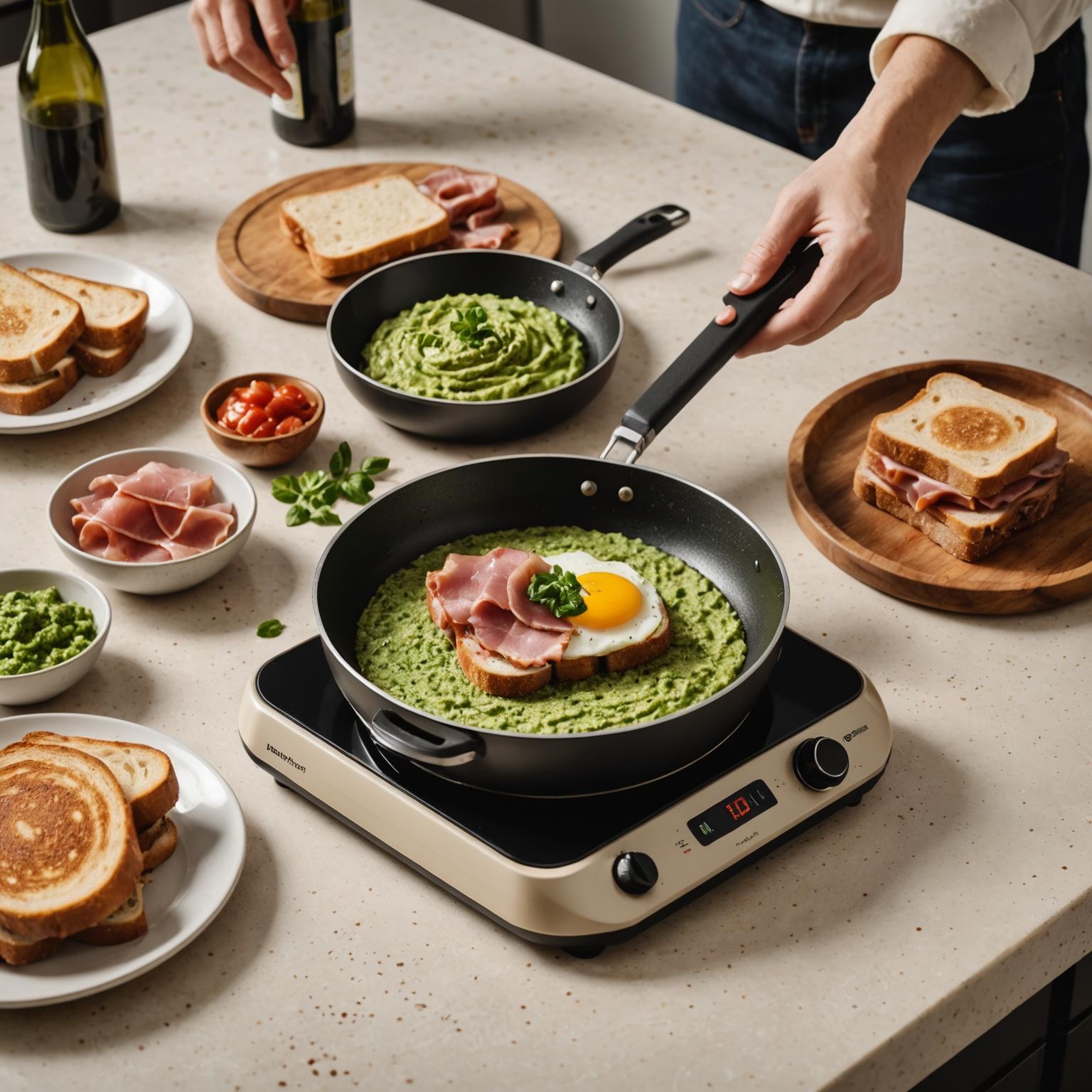A malfunctioning stove can bring your daily cooking routine to a grinding halt. When your cooktop fails to heat up, the issue often lies with a faulty heating element. Navigating the world of ceramic stove replacement parts can feel overwhelming, but with the right guidance, you can diagnose the problem and perform the repair yourself. This guide will walk you through understanding, selecting, and replacing the core components of your electric stove, ensuring you can get back to creating delicious meals in no time.
Understanding the Heart of Your Stove: The Heating Element
At the core of any electric cooktop are the heating elements. These are the components responsible for converting electrical energy into the heat required for cooking. While many people are familiar with traditional coil tops, modern kitchens often feature smooth-top ceramic or induction cooktops. The primary part in a ceramic stove is the radiant ceramic heating element, which sits beneath the glass surface and glows red as it heats up. In contrast, an induction stove element uses magnetic fields to heat the cookware directly, offering incredible speed and efficiency. Understanding which type of electric cooking elements your appliance uses is the first crucial step in finding the correct replacement part.
Key Advantages of Modern Heating Elements
When you need to replace a part, it’s a good opportunity to understand the technology you're investing in. There are significant ceramic heating element advantages that make them a popular choice. They provide exceptionally even heat distribution across the cooking surface, eliminating hot spots and ensuring your food cooks uniformly. Furthermore, modern elements are designed for energy efficiency, heating up quickly and maintaining temperature with less power consumption. This durability and performance are hallmarks of quality manufacturing, where components are built to last and deliver consistent results, just like the high-performance elements found in advanced kitchen appliances.
What to Consider Before Buying Replacement Parts
Before you purchase a new element, there are a few key specifications to verify. The most critical of these is the stove element voltage. Using an element with the wrong voltage for your appliance can be extremely dangerous, leading to electrical shorts, permanent damage to your cooktop, or even a fire hazard. Always check your stove’s manual or the label on the old part to confirm the correct voltage. Another consideration is the stove element cost. While it can be tempting to choose the cheapest option, quality and safety are paramount. Opt for parts from reputable manufacturers that adhere to strict quality standards and certifications, such as VDE, TUV, or UL, as this ensures the component is safe, reliable, and built to perform.
A Simple Guide to Replacing Your Stove Element
Replacing a radiant heating element is a manageable DIY task for most homeowners. First and foremost, ensure your safety by completely disconnecting the stove from its power source at the circuit breaker. Next, you will typically need to lift the ceramic glass top, which is often held by screws at the front or side. Once open, you can see the element. Take a picture of the wiring for reference before carefully disconnecting the wires attached to the old element. Remove the old element and install the new one, securing it in place and reattaching the wires as they were before. Finally, lower the cooktop, secure it, and restore power to test the new element. It should glow evenly and heat up properly.
Choosing Quality for Lasting Performance
Successfully repairing your stove comes down to using the right parts and following a safe procedure. By understanding the different types of elements and what to look for, you can confidently restore your appliance to full working order. As a manufacturer adhering to stringent ISO 9001 and ISO 14001 standards, we know that quality components are the foundation of any reliable appliance. The same precision and engineering that go into a high-quality ceramic heating element are what power today's most innovative and dependable kitchen technology. Choosing certified, well-made parts not only fixes the immediate problem but also ensures many more years of safe and efficient cooking.





